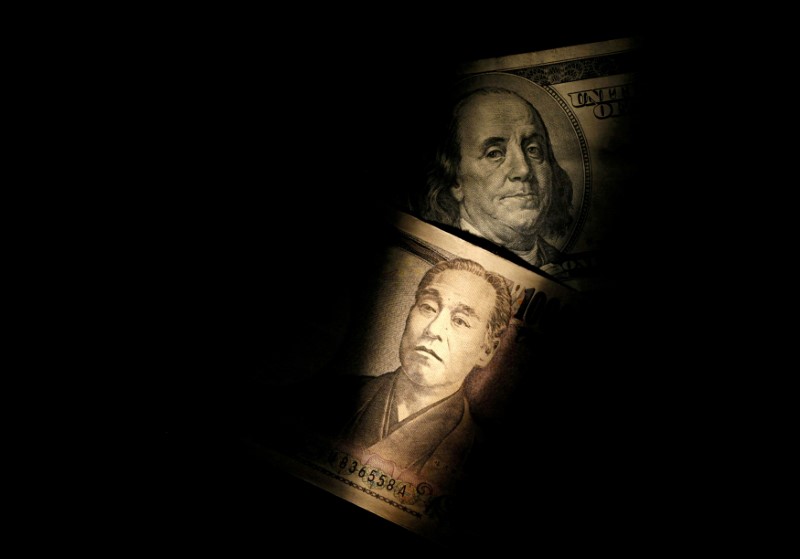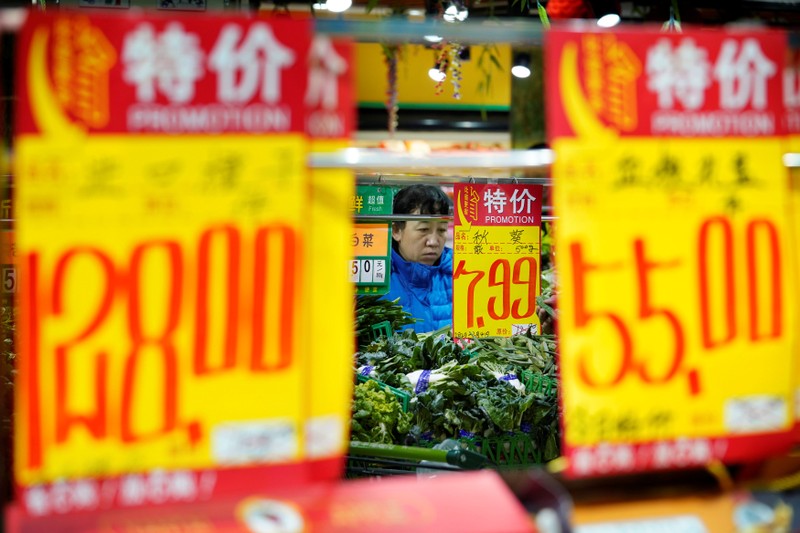
FILE PHOTO – Light is cast on a U.S. one-hundred dollar bill next to a Japanese 10,000 yen note in this picture illustration shot February 28, 2013. REUTERS/Shohei Miyano/Illustration/File Photo
March 9, 2018
By Masayuki Kitano
SINGAPORE (Reuters) – The dollar rose versus the safe haven yen on Friday as hopes of a breakthrough in the North Korean nuclear standoff rose after U.S. President Donald Trump showed willingness to accept an invitation to meet North Korean leader Kim Jong Un by May.
A South Korean envoy said in Washington that Trump expressed willingness, and that Kim had expressed commitment to denuclearization.
“Both the Nikkei and dollar/yen are rocketing higher on encouraging North Korea headlines and improving risk sentiment,” Stephen Innes, head of trading in Asia-Pacific for Oanda in Singapore, said in a note.
“We should expect this news to boost regional market sentiment as well,” he added.
Against the yen, the dollar rose 0.6 percent to 106.87 yen <JPY=>, inching further away from a low of 105.24 yen set on March 2, the greenback’s weakest level since November 2016. Japan’s benchmark Nikkei share average <.N225> rose more than 2 percent.
The greenback had made ground earlier against the yen as some fears of a global trade war receded after Trump imposed import tariffs on steel and aluminum, while softening his stance by announcing exemptions for Canada and Mexico, and leaving open the chance for other countries to obtain their own.
“There are a lot of potential exemptions, so I think safe haven flows into the yen have abated,” said Roy Teo, investment strategist for LGT Bank in Singapore.
The U.S. dollar had tumbled to 16-month lows against the safe-haven yen late last week as concerns about a trade war gripped markets after Trump initially announced his plan for tariffs on all imports of steel and aluminum.
The euro nursed its losses after falling on Thursday as European Central Bank President Mario Draghi, while acknowledging faster growth in Europe, said regional inflation remained subdued and rising protectionism is a risk.
Draghi expressed his view on these issues at his news conference after a central bank policy meeting. It overshadowed the ECB’s dropping of a long-standing pledge to increase its bond purchases if needed, a move that briefly spurred buying of the single currency.
The euro eased 0.1 percent to $1.2296 <EUR=>, after falling 0.8 percent on Thursday.
Later on Friday, market participants will turn their attention to the Bank of Japan’s monetary policy decision as well as U.S. jobs data.
At the two-day meeting ending on Friday, the BOJ is widely expected to keep its monetary policy unchanged.
(Reporting by Masayuki Kitano; Editing by Simon Cameron-Moore)

